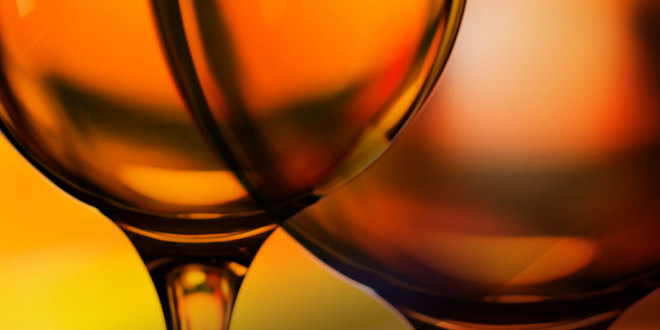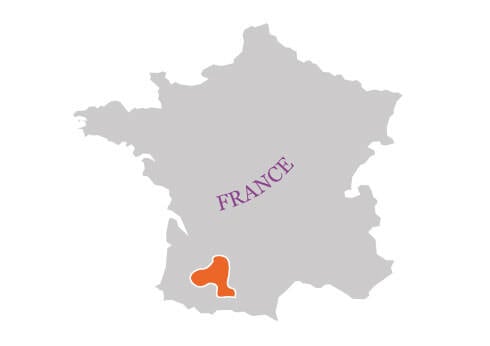
Armagnac
Armagnac is a grape brandy produced primarily from four grape varieties (Ugni Blanc, Folle Blanche, Baco 22A and Colombard), although 10 are permitted. Made in the Gascony region of France to the south of Bordeaux (split into three areas: Bas Armagnac, Tenareze and Haut Armagnac), it is distilled only once and often aged for many decades.
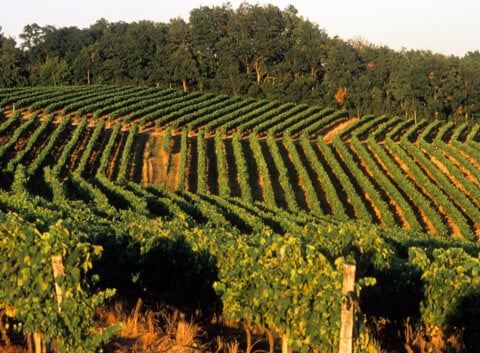 Armagnac hails from Gascony in south-west France
Armagnac hails from Gascony in south-west France
History and production
Believed to be the oldest brandy in France, the first written record of Armagnac dates from 1411, meaning it predates Cognac by at least 200 years. Due to the location of the region (away from the coast), it remained a local product until the River Baise was canalised in the 19th century and exportation became easier. Originally produced in large alembic stills, a local peasant created the Verdier still, patented in 1818. This new type of still allowed more of the flavour to be retained from the original wine, thus increasing complexity and setting it apart from Cognac. The resulting spirit is then aged in oak, normally 400-litre Limousin casks, for at least two years before it can be called Armagnac.
Types of Armagnac
Armagnac can be divided into two main categories: vintage and non-vintage. Vintage Armagnacs are distilled from grapes grown in a single year, with the date displayed on the bottle. Non-vintage Armagnacs can either be labelled by age, where the number of years quoted relates to the youngest component of the blend or by category: VS (minimum two years in wood), VSOP (at least four years), XO (more than six years) or Hors d’Age (10 years plus).
Armagnac vs Cognac
Armagnac and Cognac are both grape brandies, but are produced in different regions of France. Cognac must be made in the Charente and Charente-Maritime départements to the north of Bordeaux, whereas Armagnac comes from the Gascony region south of the city. Armagnac is almost always distilled only once, rather than the double distillation of its northern counterpart. This leads to Armagnac having a more robust flavour profile and body, and is one of the reasons why it is usually aged for longer before release than Cognac, as more time is needed to allow the flavours to integrate and to remove the impurities that remain from the distillation process. Armagnac production today remains largely in the hands of small producers, rather than the big brands prevalent in Cognac.
Did you know?
- The main grape used in Armagnac production (Ugni Blanc) is one of the most commonly planted grape varieties in the world, especially in Italy, where it is called Trebbiano and accounts for around a third of all white wine produced there.
- Members of the society which promotes Armagnac around the world are known as mousquetaires (musketeers)
- Ortolan, a bird which was a French delicacy, would be prepared by being force-fed, drowned in Armagnac and roasted. The practice was outlawed by the EU in 1999 and has been enforced by France from 2007.
Typical Character and Style of Armagnac
-
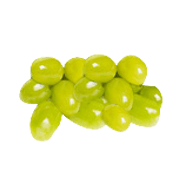 Grape
Grape
-
 Oak
Oak
-
 Earth
Earth
-
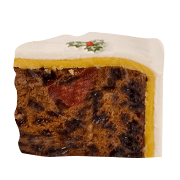 Christmas Cake
Christmas Cake
-
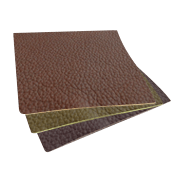 Leather
Leather
-
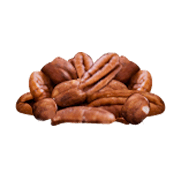 Praline
Praline
Filter
Price Range
Bottling Status
Type
Producer
Age
Vintage
Bottler
Series
Strength
Size
Colouring
Certification
Grape Variety

Darroze Les Grands Assemblages 12 Year Old Armagnac
$74.37
($106.24 per litre)

Save
$17.86Baron de Sigognac 20 Year Old
$74.37
($106.24 per litre)

Baron de Sigognac 10 Year Old
$50.96
($72.81 per litre)

Domaine D'Esperance 17 Year OldPetit Lot Armagnac Version Francaise
$59.27
($84.67 per litre)

Baron de Sigognac VSOP Armagnac
$41.26
($58.94 per litre)

Clos Martin XO 15 Year Old Armagnac
$57.44
($82.05 per litre)

Darroze Les Grands Assemblages 40 Year Old Armagnac
$168.26
($240.38 per litre)

Laballe Bas Armagnac 1973
$280.44
($400.63 per litre)

Domaine De Pere 1992 Armagnac30 Year Old Darroze
$156.40
($223.43 per litre)

Janneau XO Armagnac
$80.84
($115.49 per litre)

Castarede VSOPBas Armagnac
$47.40
($67.72 per litre)

Comte de Lauvia Fine Armagnac
$34.46
($49.23 per litre)

Laballe Bas Armagnac 1983
$185.52
($265.03 per litre)

Laballe Bas Armagnac Hors d'Age 10 Year Old
$56.03
($80.05 per litre)

Castarede 1984Bas Armagnac
$89.25
($127.51 per litre)

Castarede 1974Bas Armagnac
$140.22
($200.31 per litre)

Comte de Lauvia Hors D'Age Armagnac
$59.05
($84.36 per litre)

Darroze Les Grands Assemblages 20 Year Old Armagnac
$95.94
($137.06 per litre)

Cles des Ducs XO Armagnac
$70.60
($100.85 per litre)

Laballe Bas Armagnac 1989
$155.32
($221.89 per litre)

Laballe Bas Armagnac 1993
$135.90
($194.15 per litre)

Domaine de Bigor 1963 ArmagnacVersion Francaise
$323.58
($462.26 per litre)

Domaine Tariquet Baroque Hors D'Age Armagnac
$69.84
($99.77 per litre)

Domaine d ‘Esperance 5 Year Old Armagnac
$47.19
($67.41 per litre)


